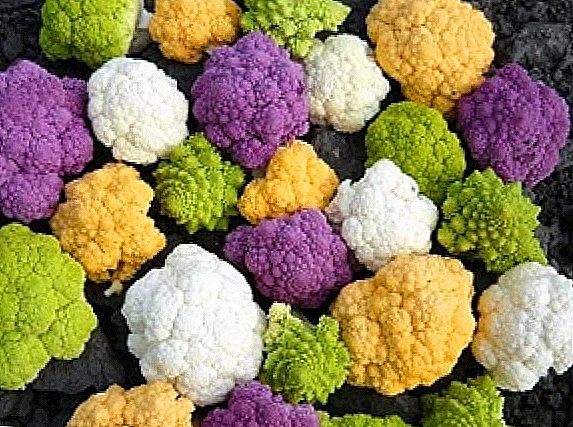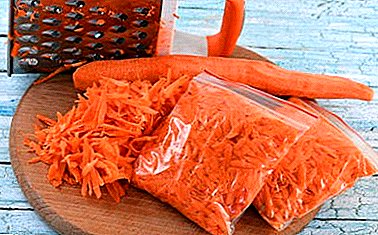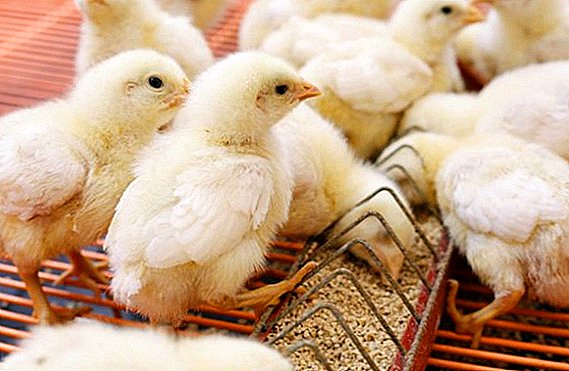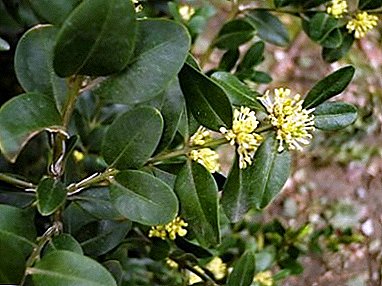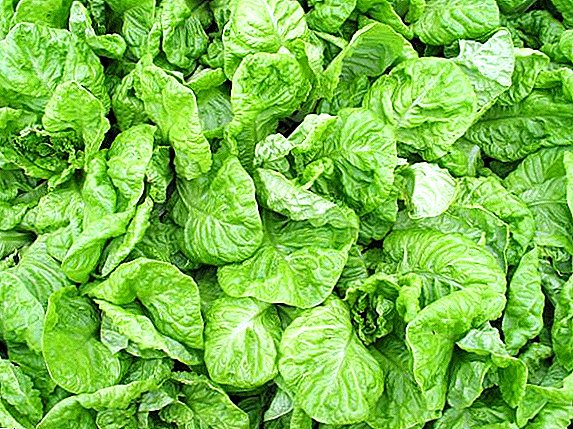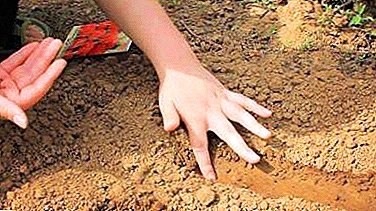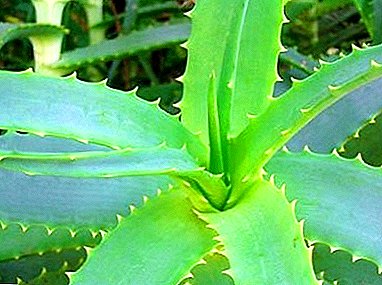
Aloe diseases can be caused by two categories of causes: improper care or pests.
The nature of the treatment depends on the cause. The florist should regularly inspect aloe and be aware of the nature of the warning signs.
Agave Diseases
 When the growing conditions are violated, pronounced symptoms appear in aloe that indicate a particular disease. The following are possible issues.
When the growing conditions are violated, pronounced symptoms appear in aloe that indicate a particular disease. The following are possible issues.
Twisting the leaves. If the leaves curl, they lack care. Leaves should be wiped regularly with a damp cloth, removing any dust that has settled.
Yellow leaves. Excessive moisture adversely affects aloe. If the leaves turn yellow and soften, then you need to moderate the watering. Water should only be settled and warm.
Why does aloe have dry leaf tips? The tips of the leaves dry if the plant has not been transplanted. The roots do not have enough space in the pot and the plant does not receive nutrients. Aloe need to transplant. On the rules of aloe vegetation at home, read a separate article.
In order to be able to pull the plant out of the tank, you need to stop watering for 3 days.
A new pot should be larger and more spacious, taking into account the direction of root growth:
if the roots grew in length, the dishes should be deeper;
if the roots are wide, then you need a pot with a large diameter.
 Rotting roots. Root rot. With an excess of watering and low air temperature, root rot can occur. Save the agave can only be at the initial stage of this disease.
Rotting roots. Root rot. With an excess of watering and low air temperature, root rot can occur. Save the agave can only be at the initial stage of this disease.
If growth is delayed, the stem dries out, and watering does not correct the situation, then you need to inspect the roots.
When found on the roots of rotten areas, they are removed, the remaining intact roots are sprinkled with coal or sulfur and transplanted into a soil with a high content of sand. Watered only after three weeks.
Dry rot. This process does not appear outwardly, the plant dries out from the inside, so timely diagnosis is almost impossible. The only measure is prevention, which consists in spraying antifungal drugs.
 Aloe does not grow. Important conditions for good growth of aloe are:
Aloe does not grow. Important conditions for good growth of aloe are:
- special soil for succulents or cacti;
- adding brick crumbs and charcoal to the ground;
- top dressing with complex mineral fertilizer 2 times a month, which should be carried out from mid-spring to early autumn;
- the absence of pests that significantly inhibit the growth of aloe.
Pests
Once examining the aloe, you can find it uninvited guests. With the defeat of pests, the first thing to do is to isolate the plant, since its "neighbors" can become infected.
Aloe pests are different: mealybug, nematodes, thrips. Correct determination of the type of pest will help to successfully combat the disease.
 Mealybug
Mealybug
Mealybugs can be seen with the naked eye. These are mobile insects of 2-5 millimeters in size, covered with white hairs from above. Leave behind the wax vatoobraznye selection.
Signs of defeat: the plant is covered with pieces of "cotton", growth slows down.
If there are few insects, the place of damage should be treated with garlic tincture on alcohol, and then hide the plant from light for several hours.
If the whole plant is infected, you need to use special preparations - insecticides, for example, "Intavir", "Decis", "Fufanon".
Nematodes
These insects are of different species, affecting either the trunk or the leaves. Root nematodes more cunning than other pests of aloe, as their presence can be determined only by roots.
Signs of defeat: growth slows down, nematodes in the form of small grains are detected on the roots after the examination.
The treatment is difficult. Damaged roots are removed and the plant is rooted again. Then treated with drugs "Vidat" and "Tekta".
 Thrips
Thrips
Thrips are small winged pests measuring 1-2 mm. At high temperatures and high humidity, they quickly spread.
Signs of defeat: growth slows down, silvery streaks appear that are left behind by thrips.
The treatment is carried out by spraying the drugs "Intavir", "Fitoverm", "Detsis". However, the fight against these pests is complicated by the fact that they have developed immunity to the main drugs. It is recommended to add the strait of soil "Confidor".
Spider mite
Spider mite is not so easy to see on aloe, because its size does not exceed one millimeter.
Signs of defeat: spider web on the leaves, change the color of the stem. At the initial stage, the stalk acquires a yellow color, and at a later stage - red.
Against such a pest, all previous means of struggle are not valid, because it refers to arachnids. It is necessary to use special drugs - acaricides. Along with this, you can additionally spray the plant with garlic tincture. This will enhance the healing effect.
Pest Control and Prevention
 One week after the first treatment, the second is produced. Within a week, new larvae will hatch from eggs and must be destroyed.
One week after the first treatment, the second is produced. Within a week, new larvae will hatch from eggs and must be destroyed.
The place where the flower pot stood was well cleaned.
It is recommended to isolate the plant in order to prevent infection of the indoor flowers next to it.
Prevention consists in regular inspections of the plant and keeping the plants clean. It is necessary to closely monitor such factors as:
- sufficient lighting (in winter - the addition of artificial light);
- warm temperature (in winter - not below 12 degrees Celsius);
- special soil composition;
- moderate watering;
- regular feeding in spring and summer;
- watering only with settled water at room temperature;
- aloe vegetation every three years;
- transplanting in a convenient pot, taking into account the expansion of the root system;
- avoiding drafts and accidental hypothermia;
- fresh air in hot summer conditions.
If you follow all the basic care guidelines, aloe vera will grow healthy and strong and will give its healing properties. At the same time, aloe immunity with a good condition will be able to cope with diseases and pests at the initial stages.
Prevention of aloe diseases should be carried out regularly, then the risk of injury will be less.
The sooner the disease is detected and the fight against it begins, the more effective the aloe rescue measures will be.
- How to breed aloe at home?
- How does the plant bloom and what kind of care does it need for this?
A photo
See more photos of aloe diseases:






